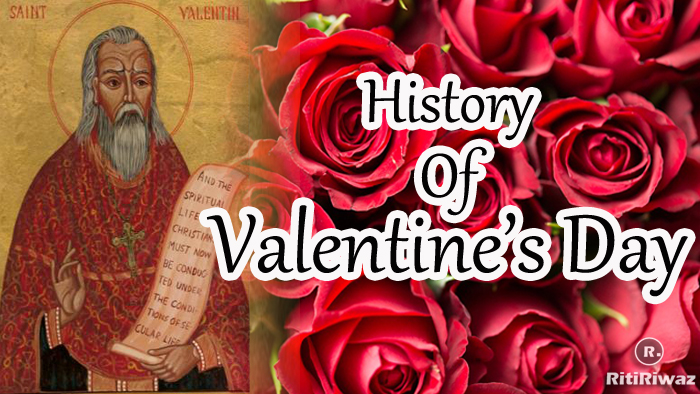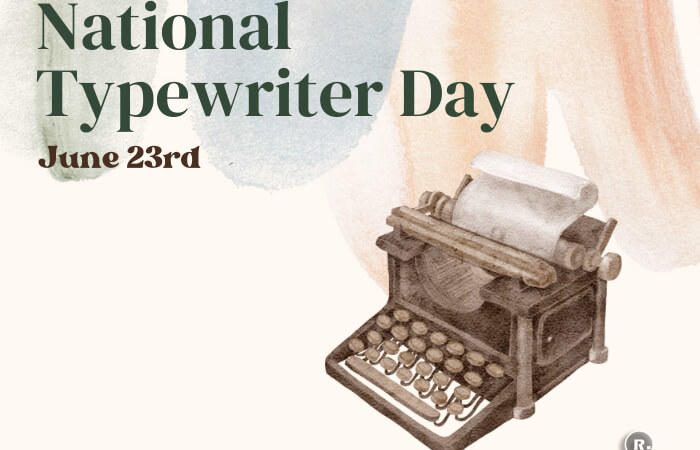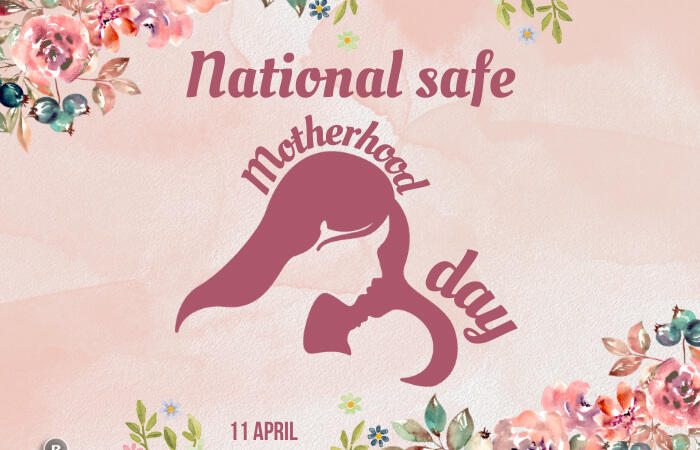History of Valentine’s Day

Today Valentine’s Day is a widely recognized holiday for love and romance all over the world, celebrating your love, friendship, kindness, and showering your loved ones with gifts and flowers. Loves come in many forms: Appreciation, admiration, friendship, and even the desire to scratch behind furry-wurry little ears. Teachers actually receive the most Valentine’s Day cards each year, followed by children, moms, spouses, unmarried romantic partners, and then pets. Valentine’s Day is not celebrated for a day, but the whole week is dedicated to celebrating love.
If we track the history of Valentine’s Day it goes to the ancient Rome and Christian traditions when people observed this holiday to honor Juno, the Queen of the Roman Gods & Goddesses, who was also regarded as Goddess of Women and Marriage on February 14th. On this day, the names of young Roman women were written on paper, and young men would draw out a name and be paired with the girl for the rest of the festival; oftentimes they would fall in love and later marry.
Suggested Read: Valentines Day Gifts Ideas
The feast of Lupercalia (the Roman god of agriculture and shepherds) was a pagan fertility and health festival, observed from February 13th through the 15th, that was celebrated at least as far back as 44 BCE. Connected to the Roman god Lupercus, (the equivalent to the Greek god Pan), the festival was originally supposed to be about shepherds and bringing health and fertility to their sheep and cows. It has also been speculated that there was match-making that went on during the feast.
Some legend has it that St. Valentine was a priest in Rome during the third century. The emperor at the time, Claudius II, decided that single men made better soldiers, not having their hearts promised to special someone and all. So Claudius II outlawed Marriage. He canceled all marriages throughout Rome in order to force the men who didn’t want to leave their wives and families to enlist in the army. A priest named Valentine defied him by marrying couples in secret.
Suggested Read: Valentine Day Gift for him
Priest Valentine was caught and was sentenced to death for his defiance and was imprisoned. While in prison he fell in love with the jailer’s daughter and before his execution on February 14, approximately 270AD, he wrote a letter signed “Your Valentine” as a final farewell, and the saying has stuck ever since. After his death, Valentine was named a saint, and then around 498AD, Pope Gelasius declared February 14th as St. Valentine’s Day to honor the martyr. But with the introduction of Christianity, the holiday moved to the 14th to honor several martyrs named Valentine.
Around the 14th century, Saint Valentine’s Day or Valentine’s Day became a tradition in what’s called courtly love. Knights would show their love for the ladies by performing services of nobility and chivalry with handwritten love notes, now better known as greeting cards.
Over a century later, Shakespeare was writing about Valentine’s Day in, among other works, Hamlet with this line.
“To-morrow is Saint Valentine’s day,
All in the morning betime,
And I a maid at your window,
To be your Valentine.”
Suggested Read: Valentine Day quotes
Fast-forward to around the 18th century and the idea of exchanging love note cards on Valentine’s Day started to become extremely popular in Britain, first hand-made then produced commercially. This tradition of exchanging love notes on Valentine’s Day soon spread to America. Since then, the holiday has popularly grown to today with the market making a lot of money with Valentine’s gifts, card chocolates, and roses.
Like Christmas, people love to exchange cards and gifts on this day but in some places in the world, it is not accepted. India is such a place where they consider Valentine’s Day not a part of their culture. Various protests and activists take part especially, Sri Ram Sena is very active on this day they prevent people from celebrating it and says it’s “immoral activity“.
Suggested Read: Valentine Day Gift for her






